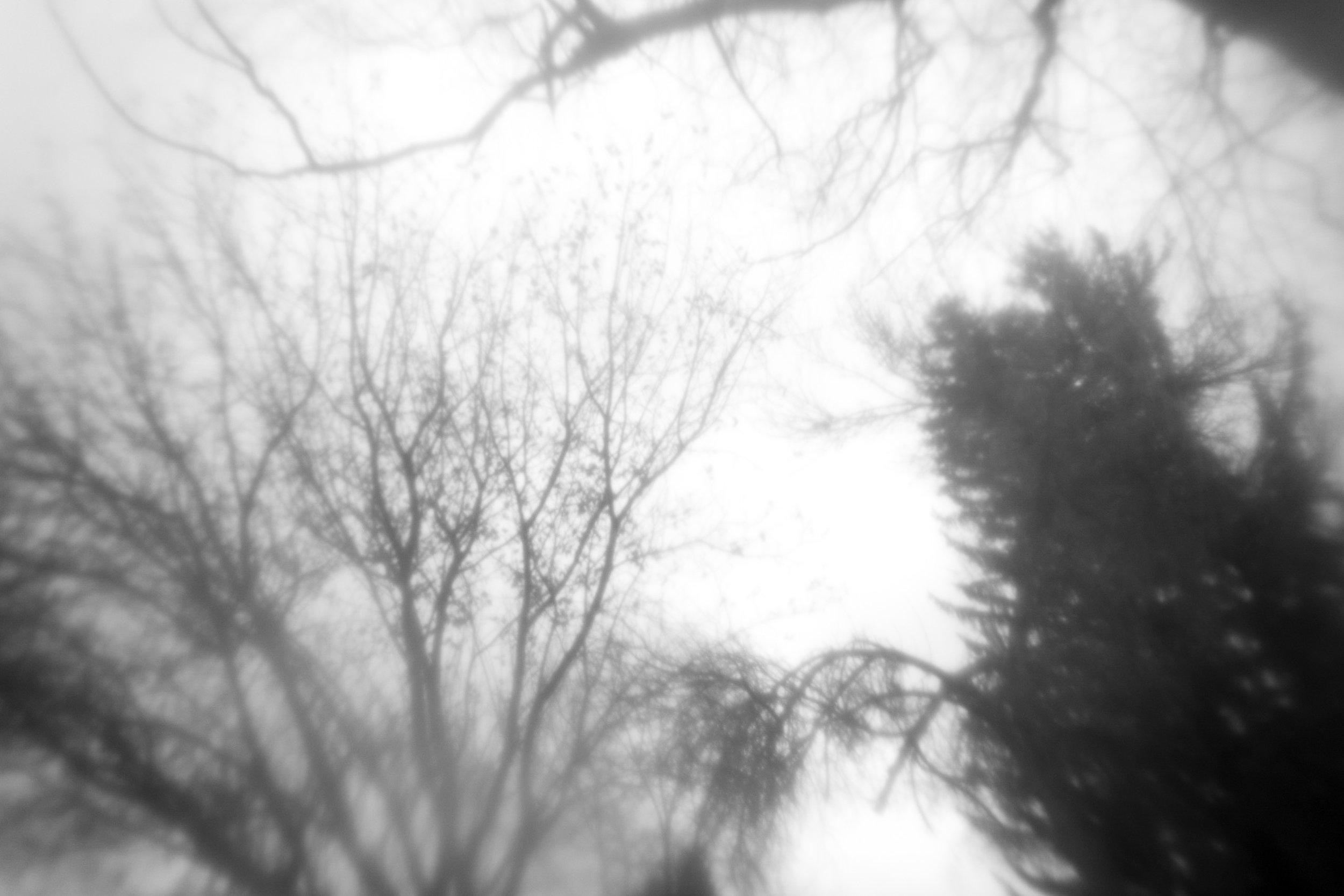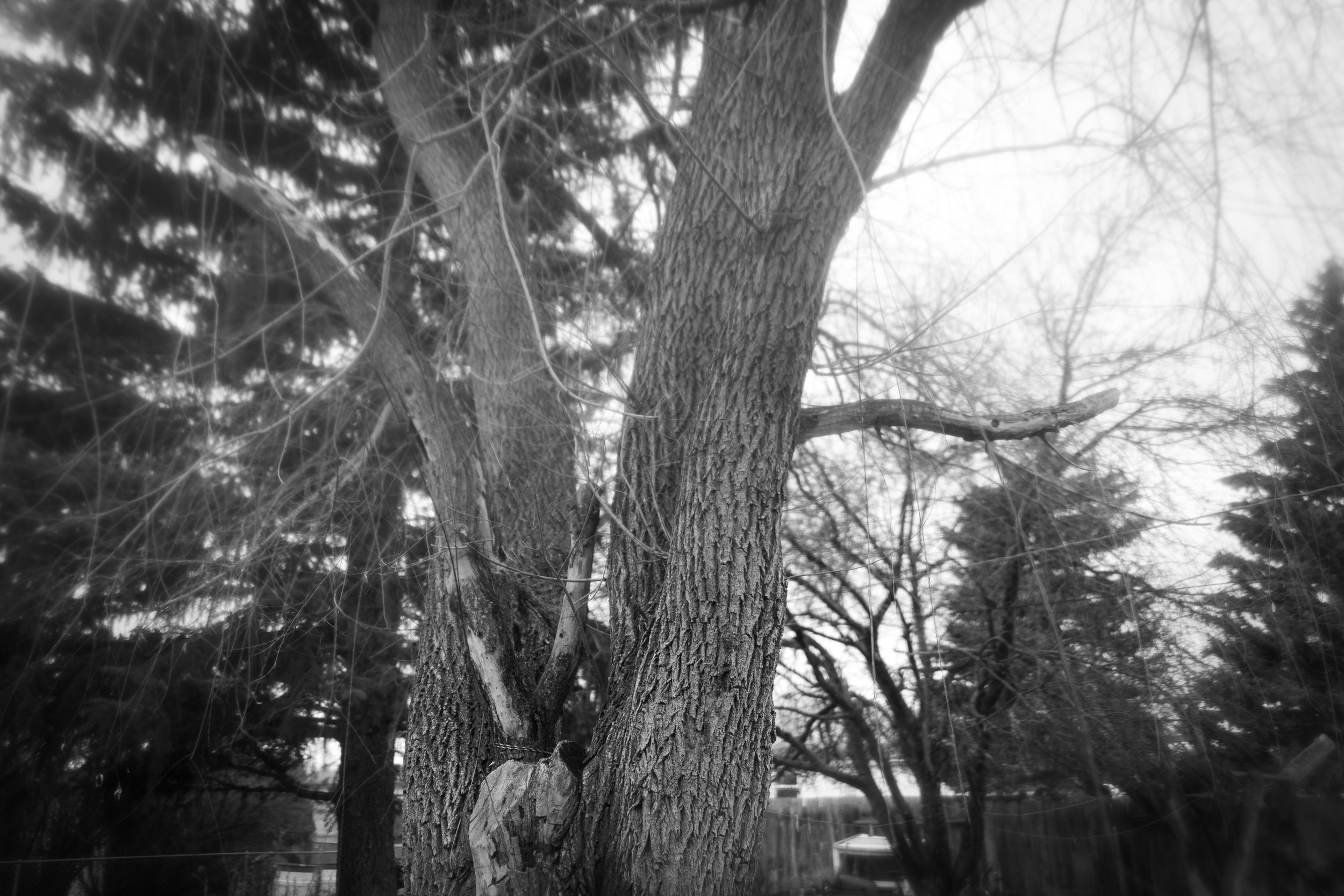Here it is mid-February, and I’m just now thinking of and setting goals for myself as an artist for 2019. Actually, I’d set a few of these in early January, so this is me finally recording them and making my declaration of what I wish to do and achieve this year:
Figure out how to display my woven pieces. This has always been at the back of my mind over the course of my working on this project; it’s now time to bring it to the front of my mind more consistently.
Complete the woven body of work, or, at least by the end of the year, have 15-20 pieces that I can declare being Finished
Begin a project I’ve had bouncing around my head for 10 years now, dealing with walking. The concept revolves around 10,000 steps, or the recommended daily amount of steps to take in order to maintain good health. It also deals (maybe even more so than the first point) with walking in the mountains, or, hiking, and why hiking is such an important passion.
Continue my Through Tommy’s Eyes project. This includes coming up with a better title. Though I suppose that might come organically as the project matures. There may also be different phases to this project.
Revive my Parks project. I still feel like this project, which began 14 years ago as my BFA project, has so much more life in it, and there are new things I wish to articulate within the bounds of the project.
Read, read, read.
And lastly, generally photograph like mad! Part of that comes from a desire to revive this blog and post as frequently as I did when it first began so many years ago.
In the interest of full disclosure, there are a few more goals that I won’t list here, mainly due to them being more personal in nature. But these are the big ones I’m working towards in 2019.
What goals have you set for yourself to improve as an artist in 2019?









































